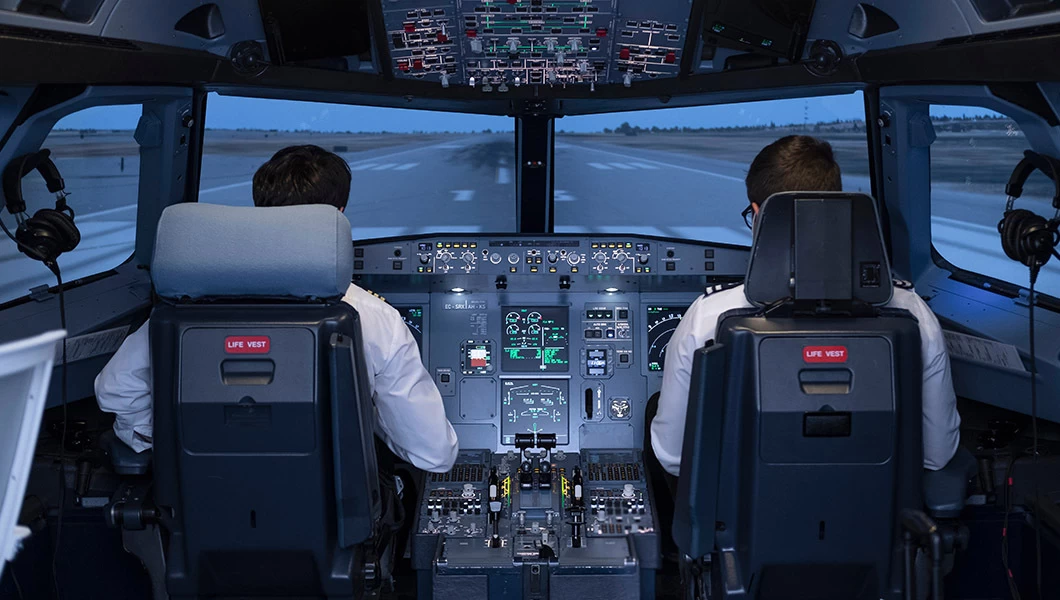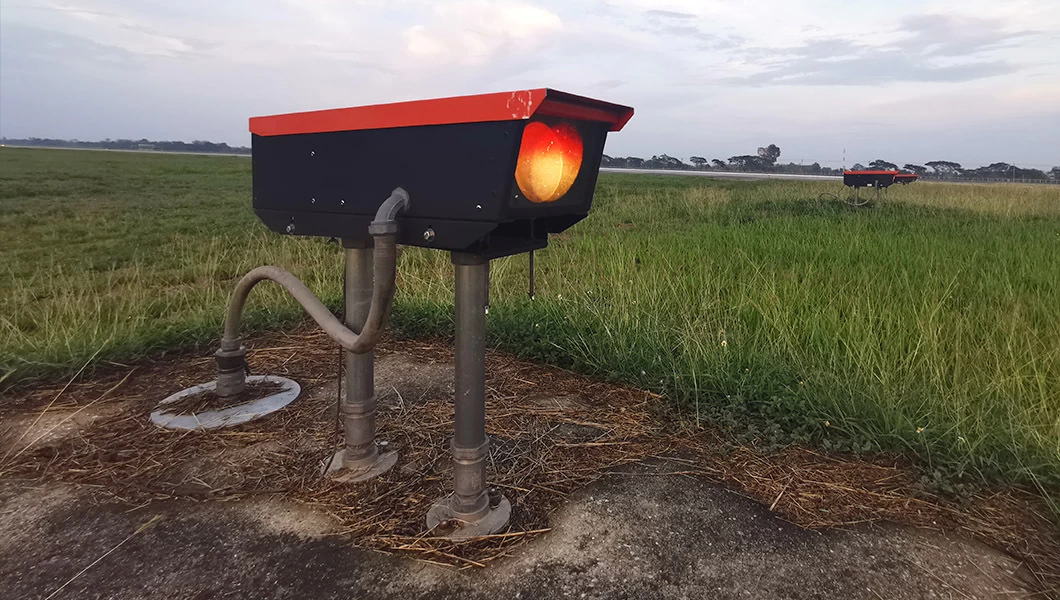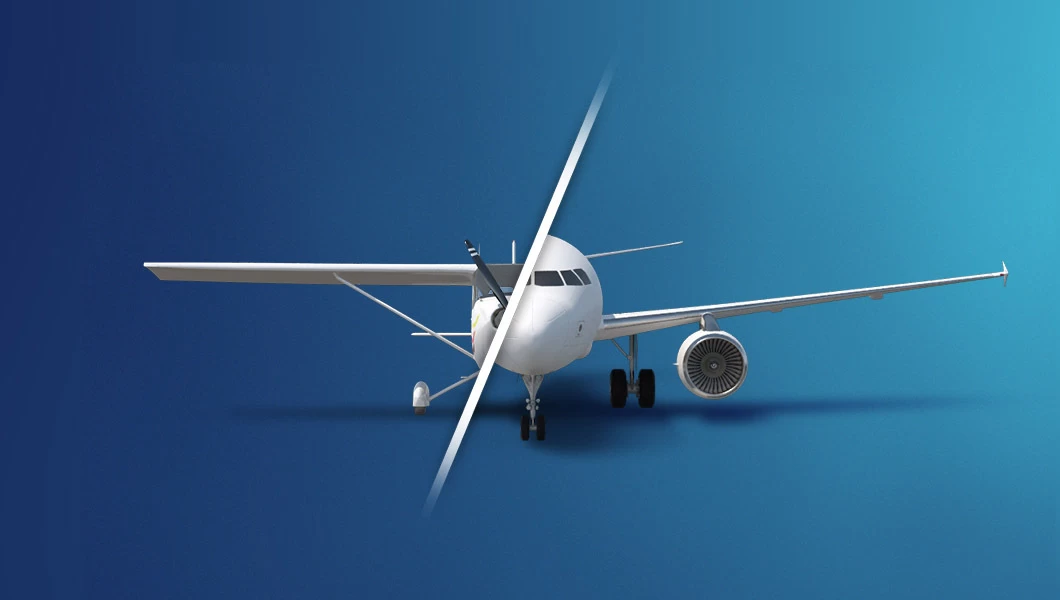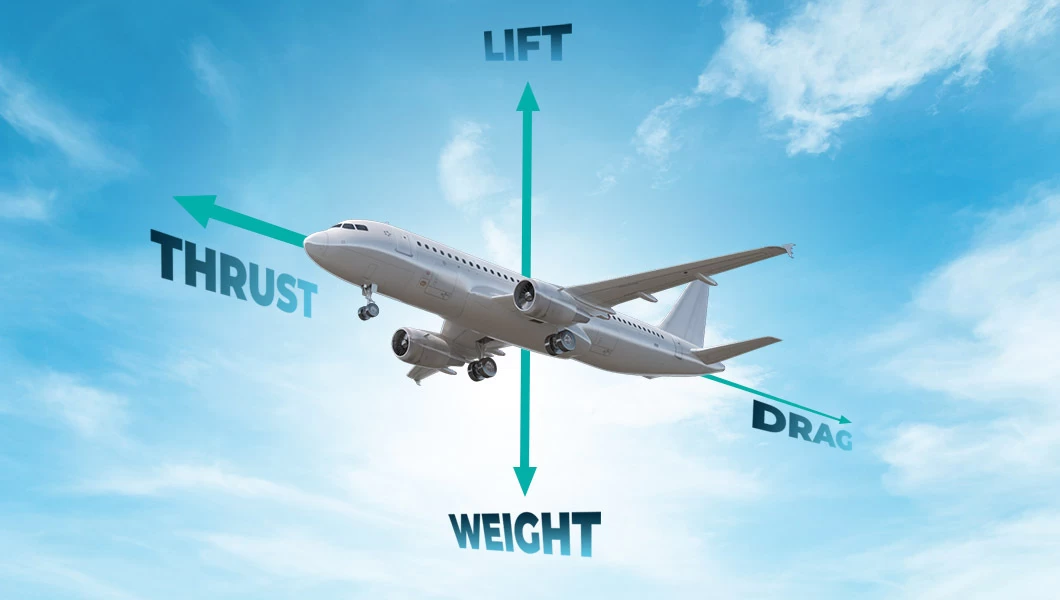Summary of Findings
- Individuals in the UK, Germany, France, Italy, and Poland search for pilot training-related content on Google more often than individuals in other countries.
- The highest number of average monthly searches on Google was recorded in the UK – 23730, and the lowest was recorded in Latvia – 160.
- When countries’ population sizes are considered when making calculations, Croatia, Denmark, Finland, and the UK are the top countries demonstrating interest in pilot training.
- Although interest in pilot training per capita ranks highest in Croatia, Denmark, and Finland, these countries have only 10, 28, and 14 ATOs, respectively. In contrast, France, Germany, Italy, and Spain have over 100 each, with the UK having the highest number at 229.
- Over the last three months, there have been considerable jumps in searches for pilot training-related information in various EU countries, especially noticeable in the Czech Republic, Belgium, and Slovakia.
- A positive correlation between interest in pilot training per capita and GDP per capita has been observed in some countries, such as Austria, the Netherlands, Hungary, Latvia, and Bulgaria, among others. Croatia and the UK, on the other hand, are ideal examples of a negative correlation.
Data Gathering and Analysis
To determine which of the 28 countries have a greater interest in aviation and training, we initially identified the top 10 keywords commonly entered into Google search when seeking information about pilot training courses. Ahrefs SEO tool and Google Autocomplete were utilized to pinpoint these keywords.

The next step was to check the average monthly searches of each of these keywords in each country separately. To retrieve more accurate and reliable data, we translated these keywords into the official language of each country and included these volumes in the analysis as well. This was necessary because people do not always type in their queries in English – some do it in their native language. Google Ads was the tool that assisted us with this country-specific analysis.
Furthermore, we were interested in ranking countries based on their actual interest in pilot training, taking into account the differences in their population sizes. Consider it this way: 100 monthly searches for pilot training in Google by Germans does not equate to 100 monthly searches for pilot training by Latvians. Why? Because the size and demographics of the countries are not considered – Germany is bigger, and more people live there. Therefore, we also looked at a percentage ratio.
It was also interesting to explore whether countries with the highest interest in pilot education have sufficient capacity to satisfy the demand (if it translates to the intention to buy). In other words, if the number of registered approved training organizations (ATOs) in the country corresponds to the respective demand.
Last but not least, we expanded the scope of the research by investigating any correlation between the GDPs per capita and interest in pilot training per capita. The hypothesis, purely speculative, was made that countries with higher GDPs would showcase more interest in pilot training as people living there are generally more solvent, which might positively impact interest in expensive education like pilot training.
Findings
Now that we have presented the tools used and the chronological order of conducting the analysis, let’s see what we found in each step.
Interest in Pilot Training Based on Av. Monthly Searches in Google
As represented in the chart below, the top performers in terms of average monthly usage of the top 10 keywords are the UK, Germany, France, Italy, and Poland. The Baltic states, along with Luxembourg and Bulgaria, are at the bottom of the list.

An interesting observation we made during the course of the research is that there were significant jumps in searches for one or more terms within the last three months, particularly in the Czech Republic, Belgium, and Slovakia, among other countries. For instance, the popularity of “letecká škola” in Slovak (“aviation school”) increased by 180%. In Belgium, figures for “pilot training,” “aviation school,” “how to become a pilot,” and “learn to fly” rose by 75%-200% (all searched in English). The searches of the latter two also increased in the Czech Republic (by 100%).
However, just by looking at the list of the top countries above, the first idea that comes to mind is, “Obviously, these are the biggest ones in Europe, so there’s no surprise here.” Let’s check if there’re any surprises when the population size of the country becomes a part of the equation.
Similar ARTICLES
Interest in Pilot Training Based on Av. Monthly Searches in Google (Per Capita)
So, to obtain more unbiased data, we decided to estimate the interest in flight training per capita. If you compare the map below with the volumes in the first chart, you will clearly see some discrepancies.
For example, now we realize that Croatia, which ranked 13th in the above chart, is topping the list based on interest in pilot training per capita (~0.05%)! Denmark, Finland and Luxembourg have also improved their positions and made it to the leaders list.
The only country that was and remains in the top 5 is the UK.

Correlation Between the Number of ATOs and Interest in Pilot Training (Per Capita)
Now that we’ve established that people in Croatia, Denmark, Finland, and the UK tend to be more interested in flight training than other nations, we were curious about the flight school options available to them.
Your PILOT CAREER
starts with a first click
Surprisingly, Croatia has only 10 approved training organizations (ATOs) registered in the country, Denmark has 28, and Finland has 14. These numbers are extremely low, especially compared to the UK’s 229 ATOs (remember they all have a similar interest in pilot training per capita). The low number of ATOs may pose issues for Croatians, Danes, and Finns who aspire to become commercials, leading them to pursue training abroad as an alternative. For comparison and a broader perspective, France has 169 ATOs, Germany has 71, Italy has 128, and Spain has 117.
As for the UK, we can assume that the high number of ATOs, coupled with a great interest in pilot training per capita, likely results in intense competition among these training organizations. This competition might be further intensified because some individuals opting for commercial pilot training may prefer studying elsewhere in the EU to obtain an EASA license instead of a UK CAA license.
Correlation Between GDP and Interest in Pilot Training (Per Capita)
As mentioned earlier in this article, it is interesting to examine if there’s any correlation between interest in flight courses and the GDP per capita of the countries in question.
According to the visual representation below, interest in pilot training tends to rise proportionally with GDP in some countries, particularly those in the central part of the graph.
Once again, one striking observation involves Croatia’s situation. Despite having one of the lowest GDPs among the countries analyzed, it demonstrates a notable interest in pilot training-related searches on Google. A somewhat contrasting scenario is evident in Norway and Ireland. Despite their impressive GDPs, the interest in pilot training in these countries remains average.
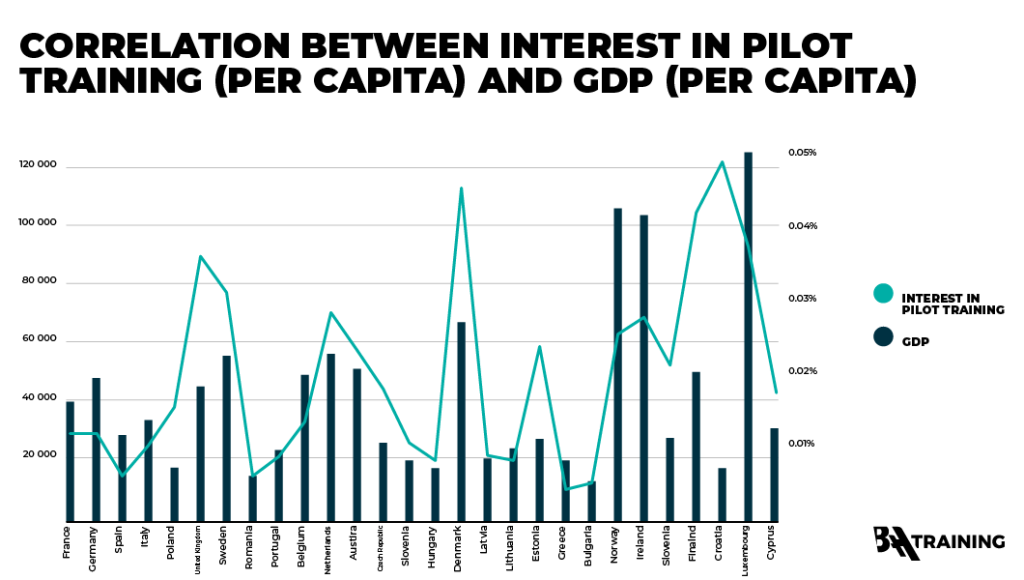
Conclusion
The information provided in this article is for informational purposes only. The views and opinions expressed herein are those of the author and do not necessarily reflect the official policy or position of any organization or country. Please note that the findings presented are based purely on individuals’ Google search data of the top 10 shortlisted keywords analyzed via Google Ads solely to observe trends. Individual conditions and circumstances should be carefully considered, and readers are encouraged to conduct further research before making any decisions based on the information provided in this article.




